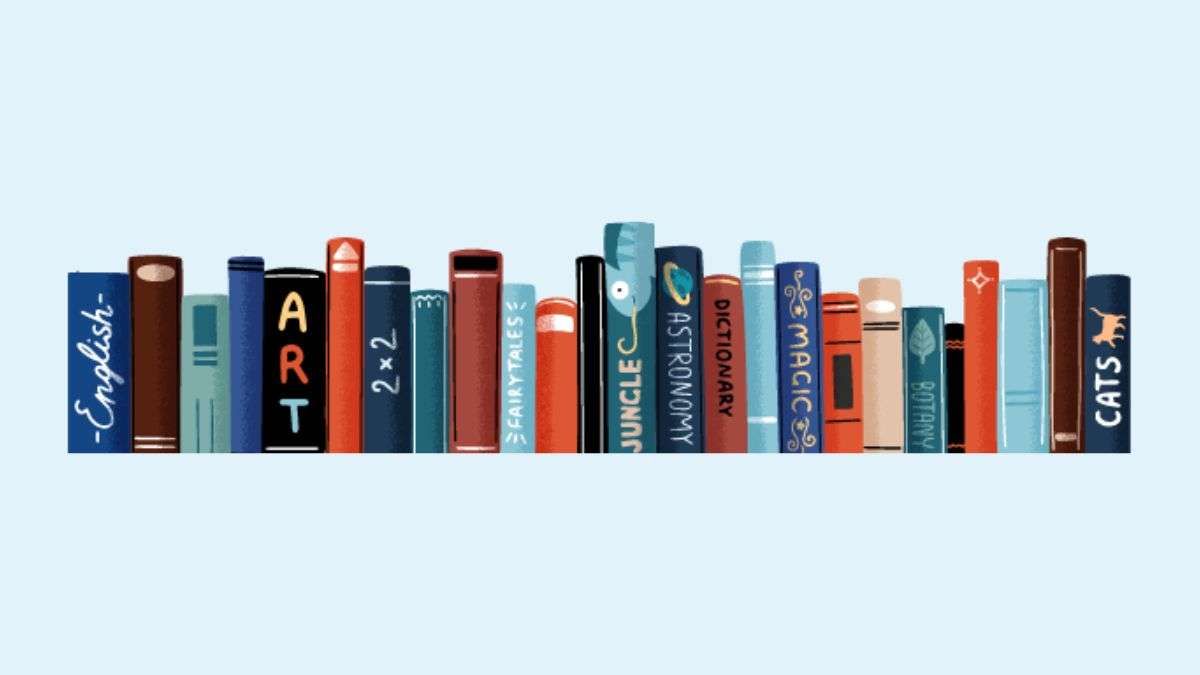Table of Contents
- Introduction
- 1. Penguin Random House
- 2. Hachette Livre
- 3. HarperCollins
- 4. Springer Nature
- 5. Scholastic
- Conclusion
Introduction
The publishing industry plays a vital role in disseminating information, ideas, and works of creativity to the wider public. Backed by top publishing companies and players, it encompasses the business processes around producing, publishing, and distributing content such as books, magazines, newspapers, and digital publications.
The industry has undergone major shifts in recent years due to digitization and changing reading habits. However, books and print publications continue to retain their significance even today.
Importance of Dominant Publishing Companies
A few major publishers dominate the publishing landscape and influence what gets published and how content reaches readers. The largest publishing houses control a major market share and work with many bestselling authors. They leverage their financial muscle and distribution networks to acquire content, market titles extensively, and bring books to a wide readership.
Their size and capabilities allow dominant publishers to shape literary trends, support new and unconventional voices, withstand market fluctuations, and invest in innovations. Consolidation in the publishing industry has led to only a handful of companies controlling most of the business. Understanding who these leading publishers are and their contributions aids in comprehending the forces that influence the publishing ecosystem.
1. Penguin Random House
Penguin Random House is the world’s largest trade book publisher. It was formed in 2013 by merging two historic publishing houses, Penguin and Random House. Penguin’s origins date back to 1935, when Allen Lane started the company to popularize affordable paperbacks. Random House originated in the 1920s as a US publisher of general-interest books.
Both companies have rich legacies, having published many eminent authors over decades. The merger created a publishing behemoth with over 300 imprints across six continents and books in over 100 languages. PRH dominates the market with over 20,000 new titles and 600 million print, audio, and ebooks sold annually.
As one of the largest book publishers globally, Penguin Random House boasts a diverse and extensive catalog that spans numerous genres and fields, from fiction and nonfiction to cookbooks and memoirs. Their publications include classics, contemporary bestsellers, and prominent works with a significant cultural or scholarly impact. They also publish seminal academic texts, influential self-help books, and landmark publications in various disciplines.
2. Hachette Livre
Hachette Livre is a leading French publishing group headquartered in Paris. It was founded in 1826 by Louis Hachette as a bookshop and publishing firm. Over the decades, Hachette expanded through organic growth and strategic acquisitions. It became one of the largest publishers in France, exporting French-language publications worldwide. Today, Hachette Livre publishes in France, the UK, Spain, the US, and Canada.
Hachette Livre comprises dozens of publishing houses with imprints covering general fiction, literature, illustrated books, educational content, travel guides, and more. Flagship imprints include Little, Brown and Company, Headline Publishing Group, Hodder & Stoughton, and Yen Press. Hachette is considered the third largest trade publisher globally.
As one of the top publishing companies, Hachette Livre has significantly impacted authors, readers, booksellers, and the publishing business over its nearly 200-year legacy. It discovered new writing talents, published award-winning books, innovated production methods, and set industry standards through initiatives like fixed book pricing. Hachette’s substantial backlist and focus on education, travel, lifestyle, and children’s books have influenced readers worldwide.
However, Hachette has also faced controversies, such as the Amazon book dispute over ebook pricing. The company’s dominance and commercial outlook on publishing have sometimes garnered criticism from the literary world. Nonetheless, Hachette remains an influential player in shaping the future of publishing.
3. HarperCollins
HarperCollins is one of the world’s largest English language publishers, with a rich history and strong identity. Some key strengths and distinguishing features of HarperCollins include:
- Global footprint—It operates in 18 countries and produces many English, multi-language, and translated titles.
- Backlist breadth – Massive 450,000 title catalog spanning fiction, non-fiction, reference, and children’s books.
- Genre expertise – Strong positions in science fiction, fantasy, romance, crime thrillers, and Christian publishing segments.
- Iconic authors – Publishes major bestselling authors like Paulo Coelho, Agatha Christie, and Sarah J. Maas.
- Innovation – Early mover in digital publishing and continues to explore emerging formats like audiobooks and podcasts.
HarperCollins has pioneered many innovations that have enriched the publishing experience and expanded the industry:
- Launched Voyager Books in the 1990s – an early digital imprint publishing ebooks and print-on-demand titles.
- Acquired Harlequin Enterprises in 2014 to lead innovations in global romance fiction.
- Partnered with Amazon and other platforms on auto-generated print technologies like Print on Demand.
- Developed online community platforms for fans to engage with authors and content.
- Expanded audiobook program through HarperAudio and partnership with Storytel.
- Investing in AI and metadata tools to gain consumer insights and personalize recommendations.
By continually revamping processes and leveraging new technologies, HarperCollins has enriched the publishing value chain and reading experience for millions of book lovers.
4. Springer Nature
Springer Nature is a leading global research publisher of books, academic journals, and digital products in science, technology, and medicine (STM). Consistently ranked among the largest publishers in the world, it operates in over 50 countries and has major regional hubs in Berlin, New York, Singapore, Delhi, and Tokyo.
Key highlights of its global footprint include:
- 8,000 employees across continents.
- Serves over 15 million researchers and 1 million learning & research institutions.
- 180 Nobel laureates have been published in Springer Nature.
- English language publications and German, Spanish, and French editions are distributed worldwide.
With this global spread and reach across the academic community, Springer Nature has cemented itself as the world’s largest STM publisher.
As a leading STM publisher, Springer Nature has made significant contributions to scientific literature and academic research, including:
- Published groundbreaking academic research and physics, medicine, and engineering discoveries in journals, books, and databases.
- Advanced open access to democratize research through open platforms, archives, and partnerships with academic consortia and authors.
- Developed innovative discovery platforms, tools, and technologies for researchers like SpringerLink, Nature.com, SpringerProtocols, etc.
- Supported scientific communication and progress in niche disciplines through dedicated book series, conference proceedings, etc.
- Promoted interdisciplinary learning through major reference works and handbooks synthesizing ideas across subjects.
- Fostered global collaboration, knowledge sharing, and literacy in science education between academic communities.
Over the last two centuries, Springer Nature’s publications have enabled breakthrough research, enriched scientific discourse, and accelerated discovery and innovation.
5. Scholastic
As a leading publisher and distributor of children’s books, Scholastic has been committed to diversity and inclusion efforts in kids and young adult literature. Some key initiatives include:
- Releasing books highlighting voices and stories of underrepresented groups in age-appropriate formats.
- Ensuring diversity in authors, characters, and themes across imprints and distribution catalogs.
- Launching new imprints like Pushkin Children’s Books focusing on inclusive titles.
- Implementing sensitivity reading and building cultural authenticity through one’s voice.
The company’s publishing segment includes magazines and books, encompassing a variety of genres and formats like series, picture books, novels, and nonfiction. Scholastic’s engagement in the educational sector involves creating and selling content, services, and products. These materials are used in schools to help teach and learn, reinforcing Scholastic’s commitment to education. Its offerings include textbooks, literacy resources, and print and digital instructional materials catering to educators, parents, and students.

Scholastic has subsidiaries and branches in several countries, so it plays a pivotal role in the international children’s book market. Its international reach enables it to sell American literature worldwide and bring global literature into the United States.
Conclusion
In conclusion, the publishing industry, dominated by five main publishing companies, maintains significant influence over what literature is available and is prominent in the global market. This dominance raises vital questions about diversity, equity, and accessibility of literature. Through their extensive resources and market presence, these companies have the power to shape public discourse and cultural trends.
However, the consolidation of publishing power also presents challenges. The market share concentration among these players can potentially stifle competition, leading to a homogenization of published content and limiting the range of voices that get heard. Moreover, as gatekeepers, they can prioritize particular genres, themes, or authors, which can marginalize independent presses and underrepresented authors, potentially impeding the richness and diversity of literature.
The rise of digital platforms and self-publishing has begun to challenge the dominance of publishing companies, offering new avenues for authors to publish and distribute their work. This shift could democratize the publishing process, although discoverability and distribution can still be significant hurdles for new authors. The industry must seek a balance that promotes cultural diversity and business sustainability.
Advocacy for fair contract terms for authors, initiatives supporting independent bookstores, and policies to encourage a diverse range of published works are steps that can be taken to counteract the dominance of these major companies.
As the publishing landscape evolves with emerging technologies and changing consumer habits, these publishing companies’ roles will undoubtedly come under increasing scrutiny. The challenge will be to ensure that the industry grows commercially viable and culturally enriching, providing a platform for a diversity of voices to be heard and stories to be told.
